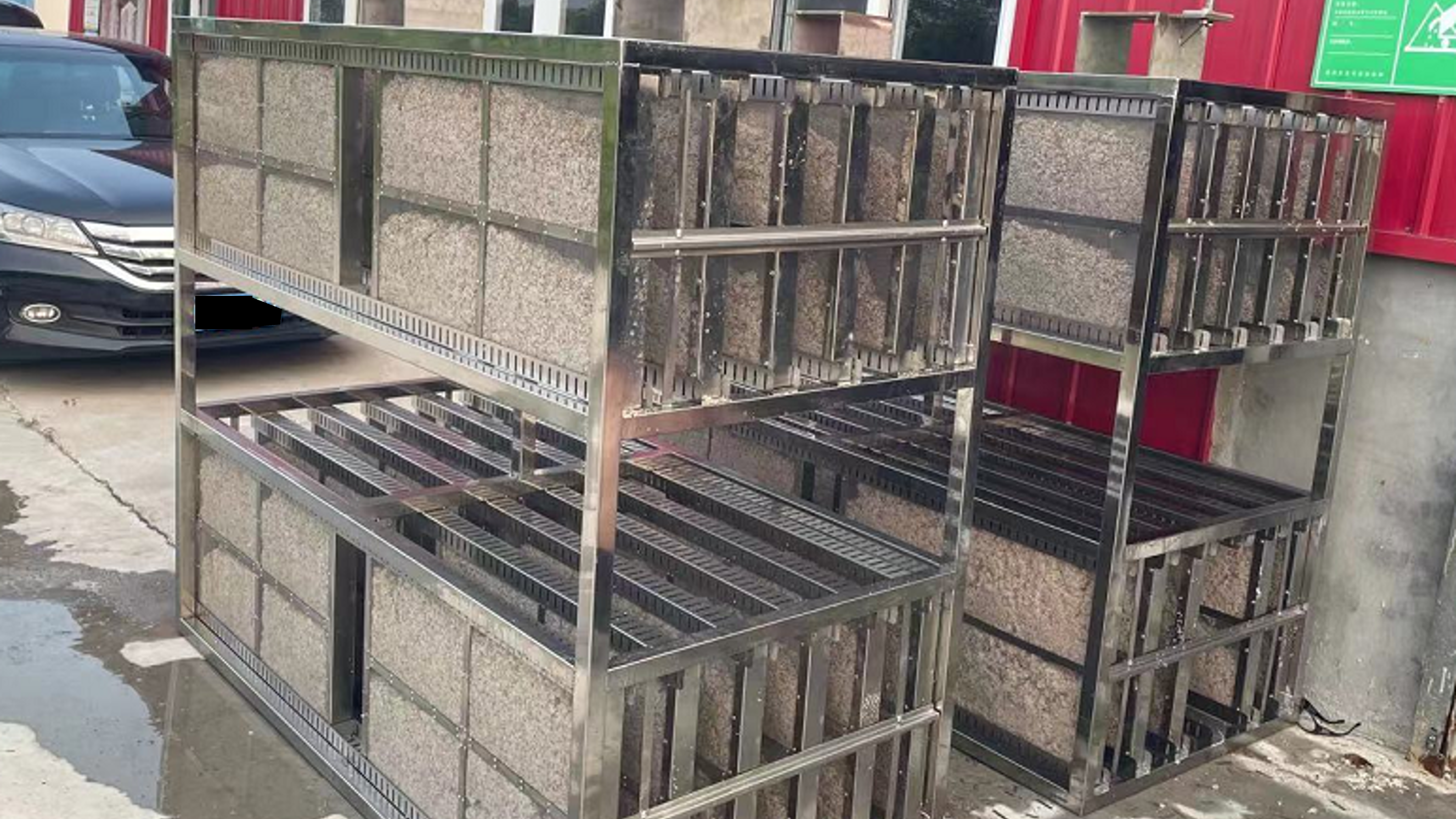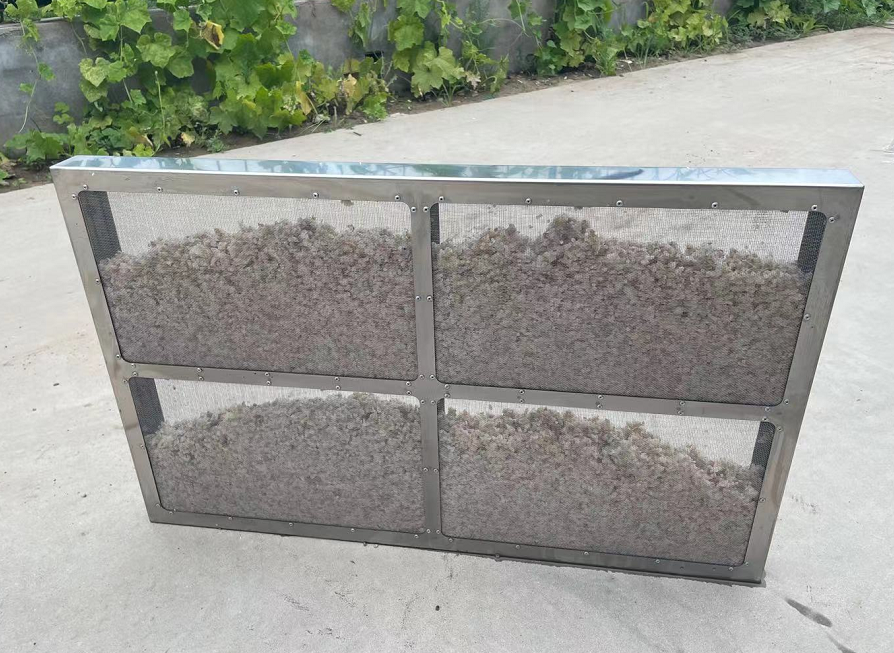Successful First Pilot of BIOCLENS® Box Technology
6 April 2023
Clean TeQ Water has successfully completed the first pilot of its new BIOCLENS® Box solution for a customer in China. The pilot successfully reduced the nitrate concentration of the treated water from 10 to 1 mg/L for a 4 m3/h flow, demonstrating the technology can be used to help customers meet their strict nitrate discharge limits.

BIOCLENS® Boxes before being submerged in the reactor
Biological water treatment is a common and widely used, with bacteria and other micro-organisms used to break down organic matter and nutrients. Activated sludge is the most common biological treatment method, with the global market estimated at approximately USD $15 billion by Global Water Intelligence.
Governments and water authorities around the world are facing challenges with their existing activated sludge plants. Growing populations lead to higher nutrient loads than what the plants were initially designed for, and many environmental agencies have implemented stricter nutrient discharge limits to protect waterways. There is huge potential for solutions that intensify the nitrification and denitrification processes of these plants, ensuring the ammonia and nitrate concentrations in the treated water comply with regulations.
The BIOCLENS® Box is a mesh box which holds BIOCLENS®, Clean TeQ’s proprietary encapsulated bacteria lenses. These lenses contain a concentrated dose of the specific bacteria responsible for removing ammonia or nitrate from water, achieving very low concentrations (as low as <1 ppm) with small reactor footprints. Containing the lenses in a mesh box allows the BIOCLENS® Box system to be easily incorporated into existing bioreactors without requiring additional infrastructure or footprint expansion.

A single BIOCLENS® Box module
The pilot was undertaken in China at an activated sludge plant that was struggling to meet the nitrate discharge limits, especially in colder months when bacteria are less active. This first pilot aimed to validate the BIOCLENS® Box concept, ensuring biological activity was maintained and the mechanical agitation was effective. The BIOCLENS® Box was placed in a dedicated side stream reactor for the pilot, and successfully removed nitrate from 10 ppm to 1 ppm for the 4 m3/h flow despite substantial solids.
Following this successful initial trial, the design of the BIOCLENS® Box will be optimised before being submerged in an existing sludge reactor.
”The BIOCLENS® Box has huge potential to assist customers to intensify their existing water treatment infrastructure, and we look forward to providing the market a simple, cost effective solution to help them meet their discharge requirements.
Willem VriesendorpChief Executive Officer




